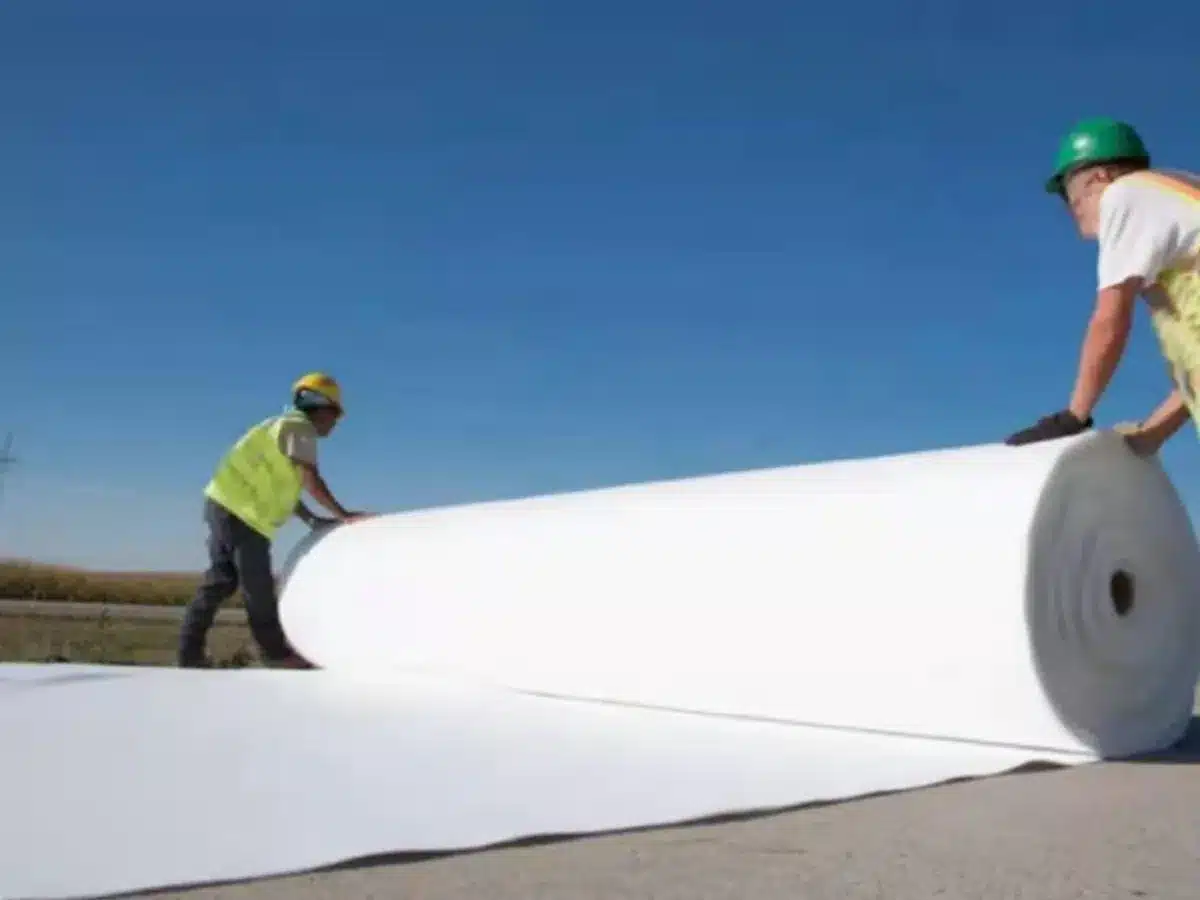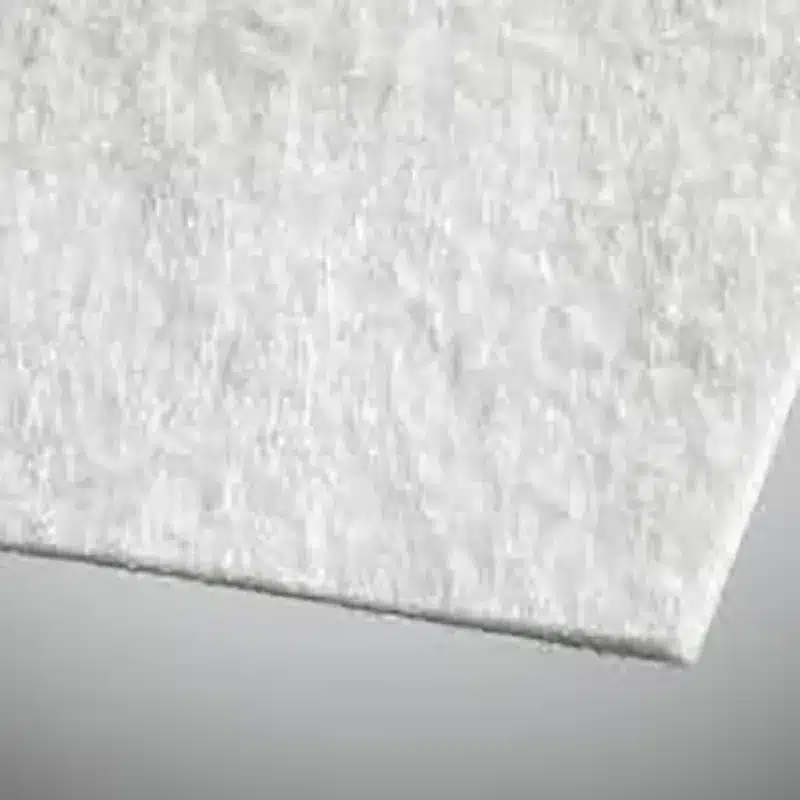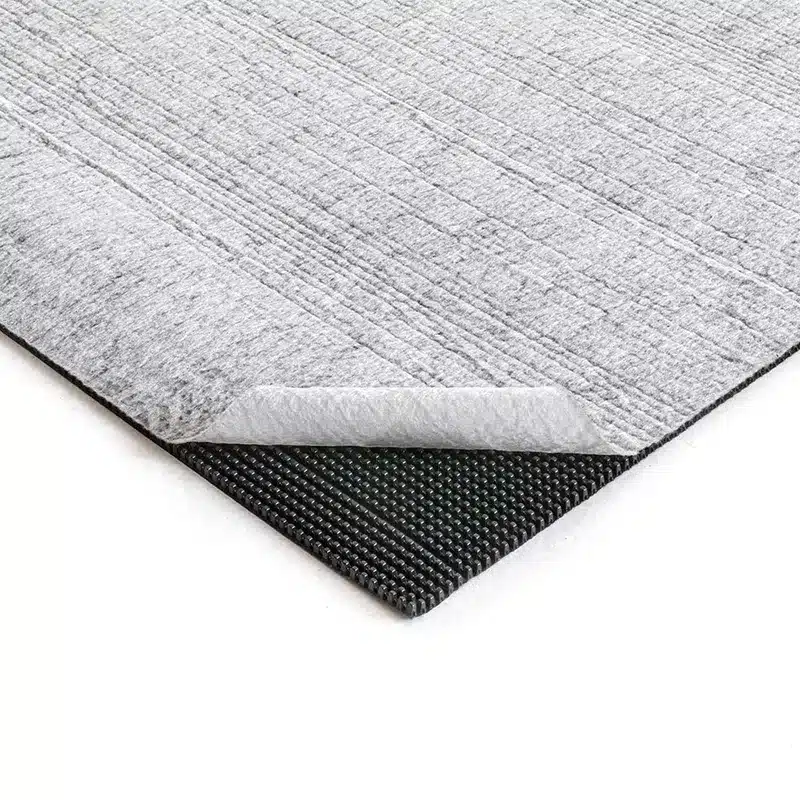+86-159 9860 6917
info@geofantex.com
geofantex@gmail.com
+86-400-8266163-44899
Scour erosion is a significant concern in areas where water flow is strong, such as rivers, coastal regions, and around bridge foundations. This type of erosion can undermine the stability of structures and lead to severe environmental damage. One effective solution to combat scour erosion is the use of geotextiles. These synthetic fabrics are designed to protect against the erosive forces of water, providing a durable barrier that helps stabilize the soil and prevent further degradation. In this article, we explore the role of geotextiles in scour protection, the nature of scour erosion, and how these fabrics contribute to overall erosion prevention.
What is geotextile for scour protection?
Geotextile for scour protection is a specially designed synthetic fabric used to protect soil from being eroded by the action of water. These geotextiles are typically made from durable materials like polypropylene or polyester, which are resistant to degradation in wet conditions. They are often used as a filter below an armor layer that is placed to resist the hydraulic actions of water, providing an additional layer of protection. When installed in areas prone to scour erosion—such as around bridge piers, riverbanks, or coastal shorelines—geotextiles create a protective barrier that shields the underlying soil from the force of moving water. By stabilizing the soil, geotextiles prevent the removal of sediment and help maintain the integrity of both natural and man-made structures.

What is a scour erosion?
Scour erosion is a specific type of erosion caused by the removal of sediment from around structures due to the force of moving water. This phenomenon occurs when water erodes the sediments that surround the base or support structures for bridges, roads, and other man-made buildings. It typically occurs around bridge foundations, riverbanks, and coastal areas where water flow is strong and continuous. Scour erosion can lead to the undermining of foundations, the collapse of structures, and significant environmental damage. It is a critical issue in civil engineering and environmental management, particularly in the design and maintenance of infrastructure near water bodies.
What is the difference between erosion and scouring?
Erosion is a general term that refers to the gradual wearing away of soil, rock, or other materials by natural forces such as wind, water, or ice. It can occur in various environments, from hillsides and farmland to riverbanks and coastal areas. Scouring, on the other hand, is a specific type of erosion that occurs in localized areas where water flow is particularly strong, such as around the bases of bridge piers or along riverbanks. While erosion can happen over large areas and over long periods, scouring is more focused and often happens more rapidly due to concentrated water flow.
Does geotextile prevent erosion?
Yes, geotextile is an effective tool for preventing erosion. These fabrics work by creating a barrier that stabilizes the soil, preventing it from being washed away by water or blown away by wind. Geotextile matting can be used on slopes to help establish vegetation by protecting the soil surface and seedlings from erosion. In the context of scour erosion, geotextiles are particularly useful because they can be placed in areas with strong water flow, where they help to diffuse the energy of the water and protect the underlying soil from being removed. Additionally, geotextiles are often used in combination with other erosion control measures, such as riprap or vegetation, to provide comprehensive protection against soil loss.
Scour erosion is a critical issue in areas exposed to strong water currents, and it can lead to the destabilization of structures and severe environmental impacts. Geotextiles offer an effective solution for scour protection, helping to prevent soil loss and maintain the stability of both natural and man-made structures. By understanding the role of geotextiles in erosion control, the nature of scour erosion, and the difference between general erosion and scouring, engineers and environmental managers can better protect vulnerable areas from the destructive forces of water.



Get Free Sample
We’ll respond as soon as possible(within 12 hours)





















